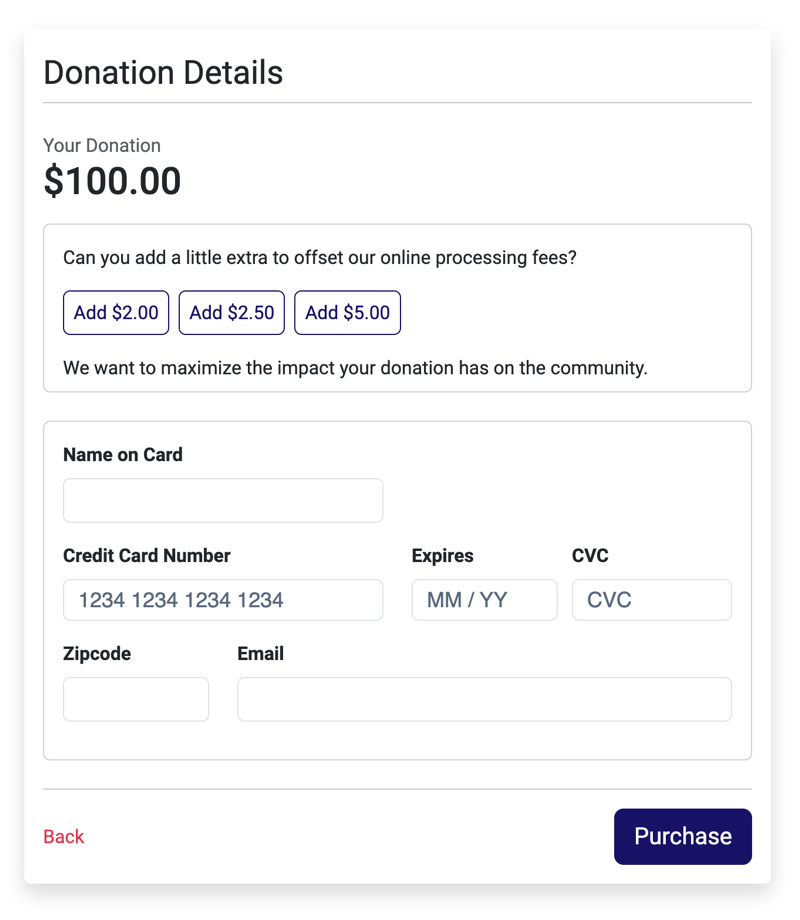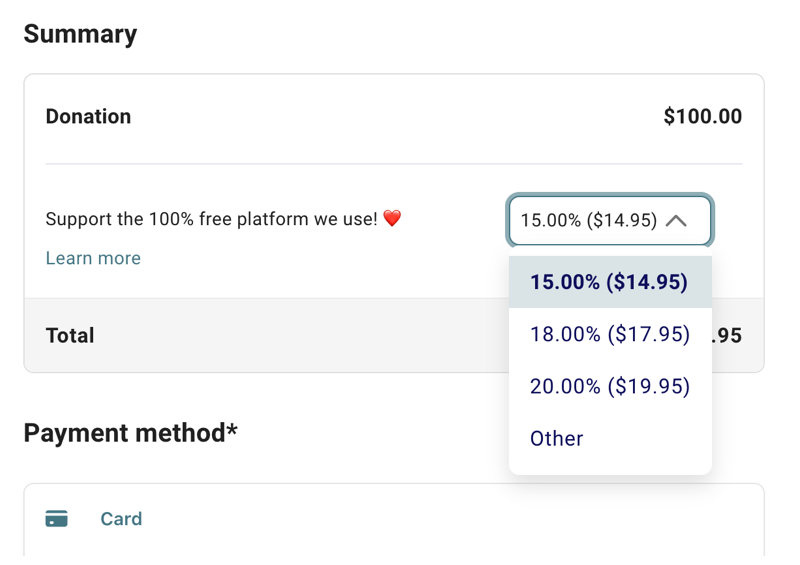Your Website Should Pay for Itself
Every dollar counts when you’re running a parent-teacher group (PTG) or parent-teacher organization (PTO). Your mission is to support your school and students—not spend funds on tools that don’t pull their weight.
Many organizations debate whether a website is worth the expense. Sure, you can get by with a Facebook page, but building a stronger community and extending your fundraising reach requires a dedicated website.
But what if your website didn’t just cost money—what if it made money?
That’s where Big Nest comes in. Designed specifically for parent teacher groups, Big Nest creates opportunities to pay for itself. If you think your website should work as hard as you do, read on.
The Cost of a Websites
Websites can be expensive. For a small business, it’s not unusual to pay $10,000 for a website and then $400 per year to maintain it.
Parent-teacher groups operate with much smaller budgets than most small businesses. Many parent-teacher organizations leverage pre-made website templates to avoid hefty onboarding fees.
Here’s a breakdown of typical annual expenses for popular website platforms:
- WordPress (via WP Engine): $240/year at the cheapest ($20/month). Realistically, expect to spend around $400/year for a decent setup.
- Wix: Their free option is underwhelming; their cheapest paid tier is $204/year ($17/month).
- Squarespace: Starts at $192/year ($16/month).
- Weebly: Offers a free tier, but with a custom domain, you’re looking at $120/year.
These costs may be the norm, but they’re not the ideal.
Make Your Website Cover Your Costs
I designed Big Nest for my kids’ parent-teacher group. It functions differently than other products on the market. We ditched a $600/year WordPress site and got a website that pays us when people use it.
There is plenty of PTO-specific tooling but at its core, Big Nest is a website that accepts payments. At my kids’ school, we have an annual fundraiser that brings in the bulk of our funds every year. We also have smaller initiatives like selling yearbooks or running after school programs (chess club, language club, art). We rely on the website for processing payments for all of these activities.
Accepting online payments comes with processing fees. Payment processors typically take a percentage of every transaction, which can chip away at your hard-earned funds.
Big Nest flips the script by turning these fees into an opportunity. Whenever someone makes a payment through your website, Big Nest encourages them to add a few extra dollars to support your school group. This donation is optional but often makes a big difference.

Not every person who sees the checkout form is going to donate. That’s expected. The options are set up so that they’re more than what most schools would pay in processing fees.
Here’s why I encourage schools to lean into Big Nest: the more activities can run, the more items you can sell in your storefront, the more events you sell tickets for, the more times visitors will see that donation form and the more you’ll collect. Over the course of a school year, that adds up.
Every school community is different, which is why Big Nest allows you to customize the suggest fee donation amounts. For the first year, I recommend keeping the default values. For most schools, these donated processing fees will be enough to offset the cost of processing payments and cover the annual costs of running your site.
Honorable Mention: Zeffy
I love Big Nest, but maybe you don’t. That’s okay—there are still ways to create a budget-friendly website setup.
Here’s a DIY Approach for your parent-teacher group: Use a low-cost platform like Weebly or Wix to create your site. Both offer free tiers and encourage your to buy add-on services. Next, pair your website with Zeffy.
Zeffy is a payment processor for nonprofits. It will allow you to accept donations or sell items without paying processing fees. Instead of charging you, Zeffy encourages donors to cover the fees when they checkout. Zeffy suggests a minimum of 15%, which always shocks me.

Overall, I love Zeffy. I think it’s a great fit for many nonprofits.
The key difference between these two platforms is where the donated fees end up. If you’re using Zeffy, they take the processing fee donations. On Big Nest, your organizations receives all of them.
The Bottom Line
Parent-teacher groups put a lot of hours into making their community better. When you’re doing so much for your school community for free, it’s completely reasonable to demand that your website pay for itself. Whether you use a tool like Big Nest or get creative with a DIY solution, don’t settle for a website that’s just another expense. Make it work for you.
Ready to improve your bottom line with Big Nest?
Get Started